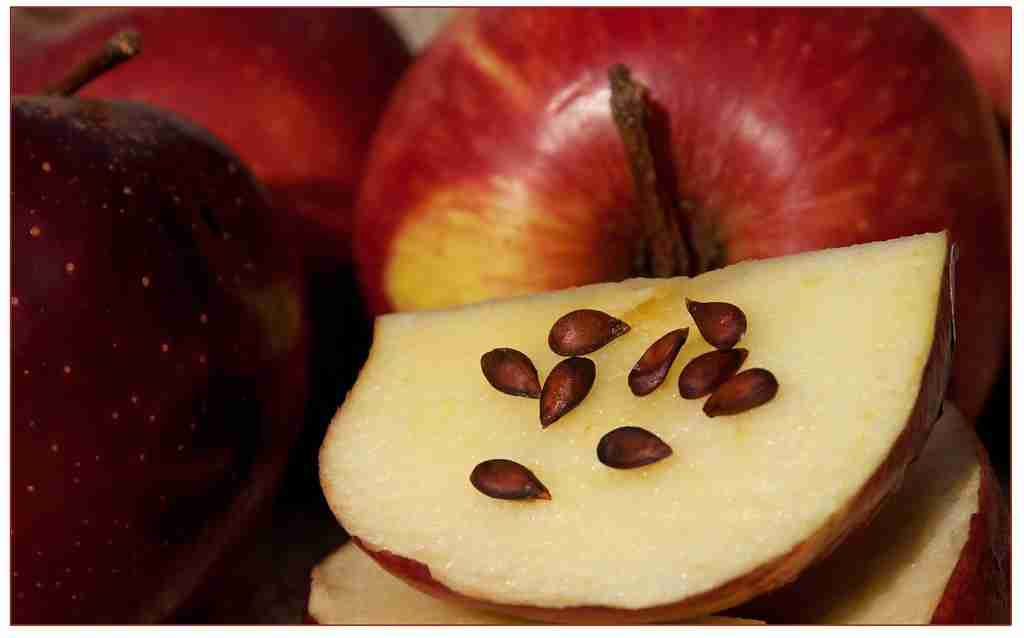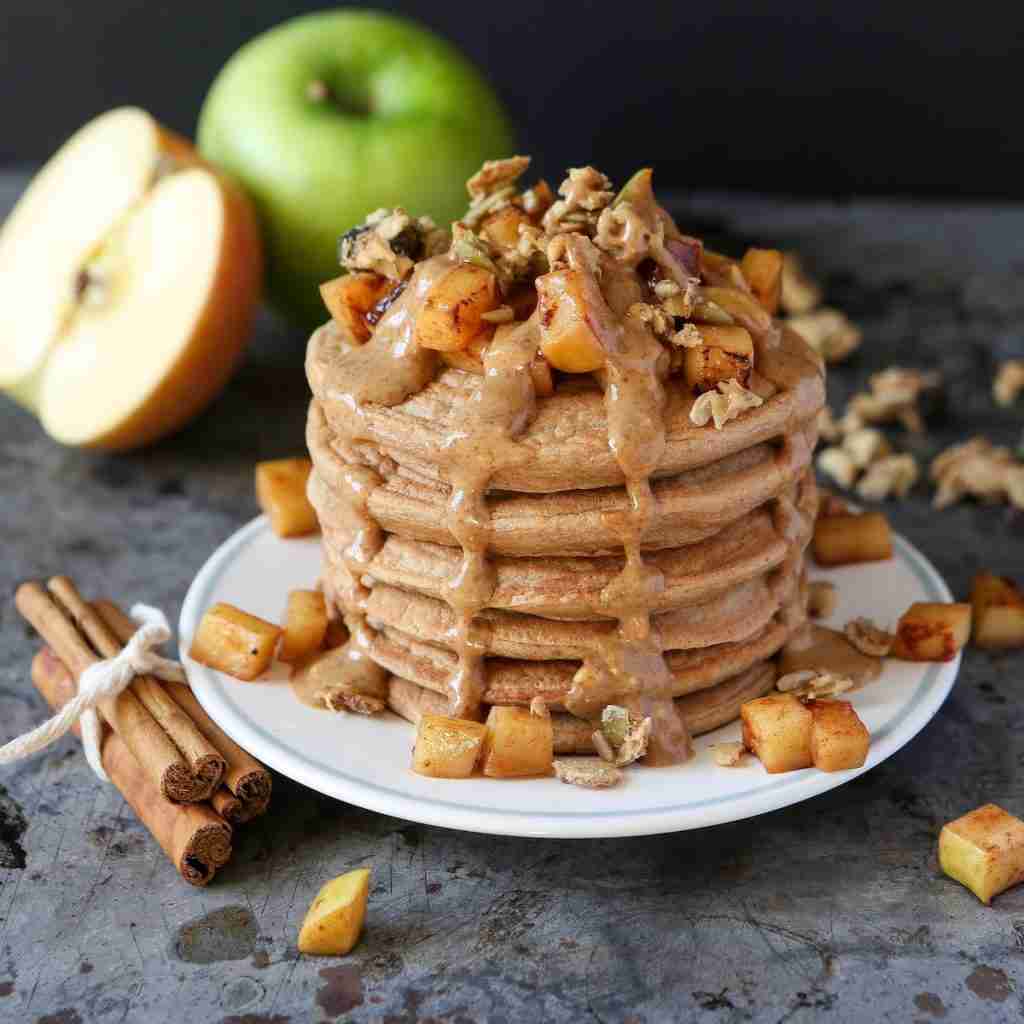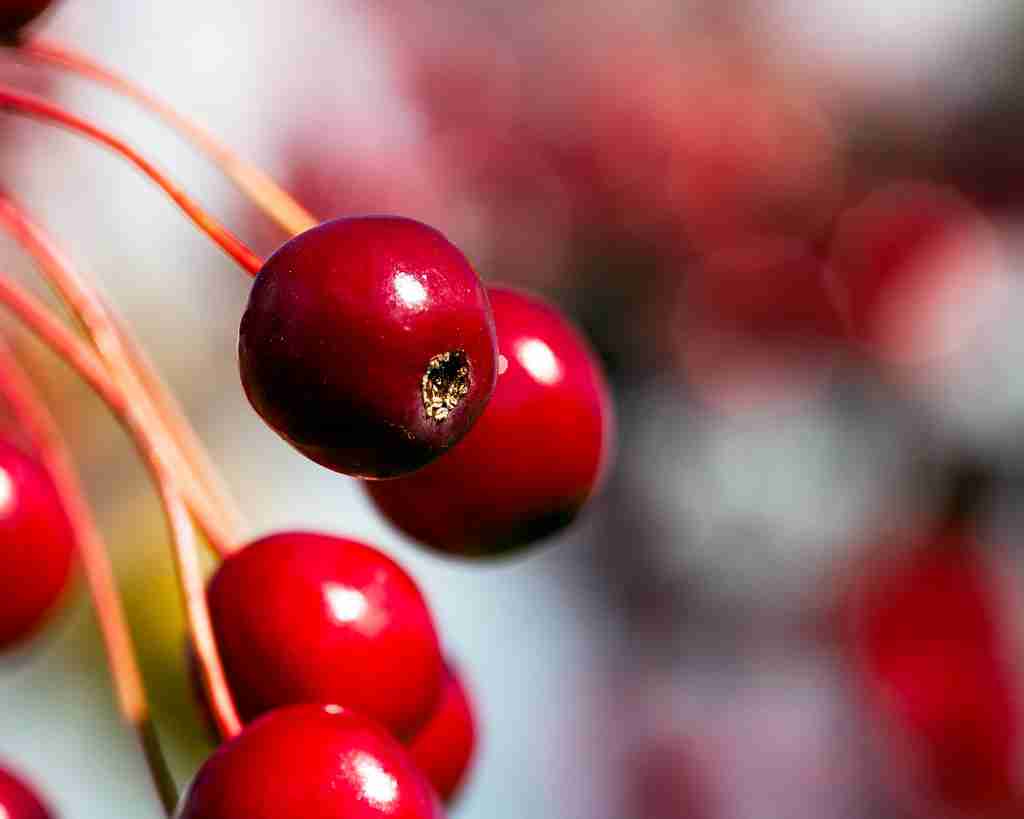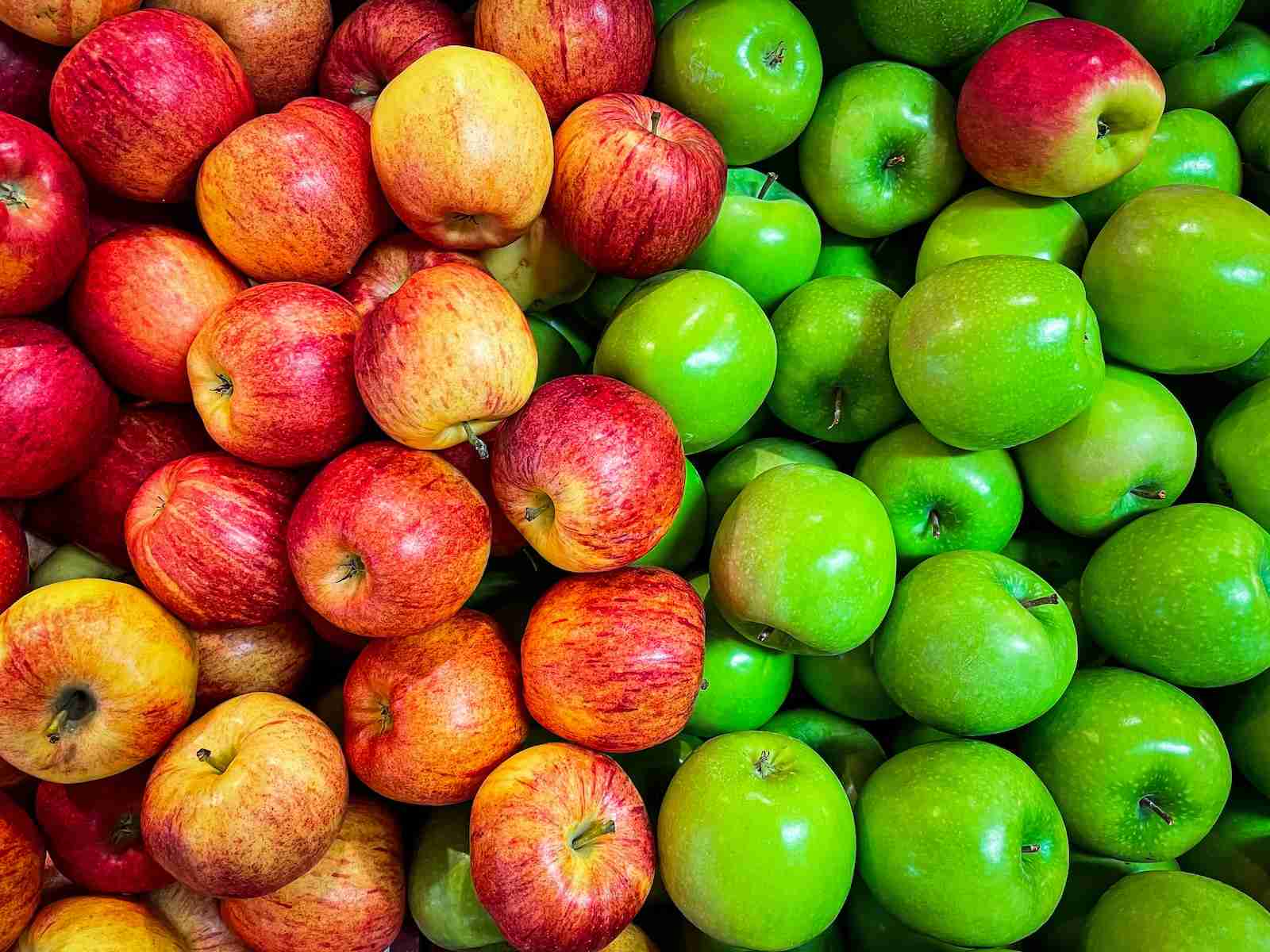25 Fun Facts About Apples | Crunching into Curiosities
1. Apples belong to the rose family.
They are a member of the Rosaceae family, which includes roses.
This family also encompasses other fruits like pears and plums.
The connection to roses is evident in the apple blossom’s similarity to rose flowers.
2. The science of apple growing is called pomology.
Pomology is a branch of botany that focuses on fruit cultivation.
It includes the study of apple cultivation and breeding. Pomologists work to develop new apple varieties and improve cultivation techniques.
3. Apples float because they are 25% air.
This property makes them buoyant in water.
The air pockets inside apples make them perfect for traditional apple bobbing games.
This feature is due to the apple’s unique cellular structure.
4. There are over 7,500 varieties of apples.
These varieties range in flavor from sweet to tart.
Apples come in various colors including red, green, and yellow.
Each variety has its unique taste and texture, making apples incredibly diverse.
5. The largest apple ever weighed 4 pounds, which is one of the interesting fun facts about apples.
This record-breaking apple was grown in Japan.
Typically, apples weigh much less, averaging around a third of a pound.
This giant apple was an extraordinary example of what apple trees can produce under optimal conditions.
6. Apples are a great source of fiber.
One medium-sized apple contains about 4 grams of fiber.
Fiber is essential for a healthy digestive system. Eating apples with their skin on provides the most nutritional benefits.
7. Apple trees can live over 100 years.
With proper care, these trees can be long-lived.
Apple trees take about 4 to 5 years to produce their first fruit.
Their longevity makes them a valuable and sustainable source of fruit.
8. Apple seeds contain a compound that releases cyanide.

They contain amygdalin, which can release cyanide when chewed or digested.
However, the amount of cyanide produced by apple seeds is usually not harmful in small quantities.
It’s generally safe to eat apples whole but avoid consuming a large number of seeds.
9. China is the leading producer of apples.
They produce about half of the world’s total apple supply.
The vast production in China reflects the fruit’s popularity and the country’s extensive agricultural capacity.
Apples are a significant part of many cultures and cuisines.
10. The apple is the state fruit of six U.S. states.
These states include New York, Washington, and Vermont.
The apple’s status as a state fruit reflects its importance in American agriculture and history.
It’s particularly celebrated in regions known for their apple orchards.
11. The saying ‘an apple a day keeps the doctor away’ dates back to 19th century Wales.
It was originally phrased, ‘Eat an apple on going to bed, and you’ll keep the doctor from earning his bread.’
This saying underscores the health benefits associated with apples.
Apples are known for their nutritional value, including vitamins and minerals.
12. Apples can help clean your teeth.
Chewing an apple can reduce tooth decay.
The fruit’s fibrous texture helps scrub your teeth, gums, and tongue. However, apples are not a substitute for brushing and flossing.
13. Apples have symbolic meanings in many cultures.
They often symbolize knowledge, immortality, temptation, and love.
Apples appear in various religious and mythological stories, including the Bible and Greek mythology.
Their symbolism varies widely across different traditions.
14. Apples are grown in all 50 U.S. states.
They are a versatile and adaptable fruit.The United States is one of the leading producers of apples.
Each region grows different varieties suited to its climate and soil.
15. Apples are used to make cider.
Apple cider can be alcoholic or non-alcoholic.
The process of making cider varies, resulting in different types of beverages. Cider is a popular drink in many parts of the world, especially in fall and winter.
16. Apples can be used in a variety of dishes.

They are versatile in cooking and baking.
Apples are used in pies, cakes, salads, and savory dishes. Their flavor and texture make them a popular ingredient in many cuisines.
17. Johnny Appleseed was a real person.
His real name was John Chapman, and he was an American pioneer nurseryman.
Johnny Appleseed became famous for planting apple trees across the American frontier. He is celebrated as a folk hero for his contribution to spreading apple orchards in the U.S.
18. What is the nutritional value of apples?
Apples are a nutritious fruit, containing essential nutrients such as dietary fiber, vitamin C, potassium, and antioxidants.
They contribute to a healthy and balanced diet.
19. Apples are involved in many cultural traditions and festivals.
Apple festivals celebrate the harvest and cultural significance of apples.
These events often include apple picking, cider making, and apple-themed contests. They are a popular attraction in regions known for apple production.
20. Apples can be stored for a long time.

When kept cool, some varieties stay fresh for months.
Proper storage conditions can extend an apple’s shelf life significantly. This makes apples a valuable food source during winter months.
21. The first apple tree was likely planted in Kazakhstan.
Wild apples can still be found in the forests of Kazakhstan.
The city of Almaty, whose name means ‘father of apples’, is believed to be near the apple’s origin. This region is considered the ancestral home of many modern apples.
22. The apple genome was sequenced in 2010.
This achievement provided valuable insights into apple breeding and genetics.
The sequencing revealed why apples have such a wide variety of flavors and textures. It has helped in the development of new, improved apple varieties.
23. The first recorded mention of apples dates back to 2000 BCE.
They were mentioned in ancient texts from the Middle East.
This early reference indicates the long history humans have of cultivating and enjoying apples. Their presence in historical documents highlights their importance in ancient diets and cultures.
24. Apple varieties range widely in size and flavor.

From the small crabapple to the large Honeycrisp, there’s a wide range.
Each variety has its unique taste, from tart and crisp to sweet and juicy. This diversity makes apples a versatile fruit for different palates and uses.
25. The apple tree is a deciduous tree.
It sheds its leaves annually.
Apple trees typically bloom in spring, with the fruit maturing in late summer to fall. The lifecycle of apple trees is closely tied to the seasons, making them a symbol of change and renewal.
FAQs
Apples offer various health benefits, including supporting heart health, aiding digestion due to their fiber content, and providing essential vitamins and minerals.
Yes, apples are a healthy snack choice. They are low in calories, high in fiber, and rich in vitamins, making them a nutritious and satisfying option.
Apples contain a range of vitamins, including vitamin C, which supports the immune system, and smaller amounts of vitamin A, vitamin K, and various B vitamins.
Yes, apples are classified as fruits. They are the fruit of the apple tree (Malus domestica) and are enjoyed worldwide for their sweet and crisp flavor.
Apples come in various types and varieties, each with its distinct flavor and texture. Common names for apples include Gala, Granny Smith, Fuji, and Red Delicious.







